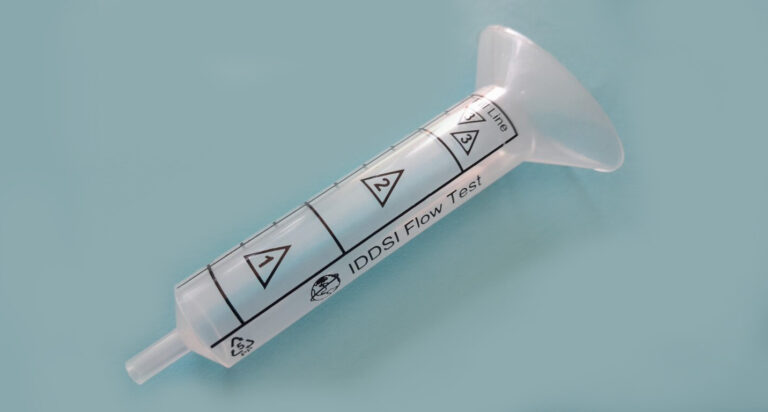Unlike dysphagia, atypical swallowing is a disorder due to a failure of the swallowing act to evolve from the primary infant stage.
Exactly like dysphagia, atypical swallowing is among the so-called swallowing disorders. It is generated due to a failure of the swallowing act to evolve from the primary infantile stage, which may occur in children over seven years old or in adults. Atypical swallowing is thus due to the persistence of an infantile swallowing pattern.
The change in swallowing type corresponds to the developmental stage of the baby in which the front teeth appear, the change de food from liquid to solid, the change in postural patterns that initiate autonomous walking and the development of the temporomandibular joint .
Alterations in these transitions or repeated vices to excess (bottle, pacifier, etc.) may result in the delay or non-onset of the adult physiological swallowing reflex, with permanence of the infant swallowing reflex
Common causes of atypical swallowing in children and adults, on the other hand, are all nasal cavity conditions such as recurrent or chronic rhinitis, sinusitis, and adenoid hypertrophy that result in mouth breathing, preventing proper tooth closure and low tongue when swallowing.
Clearly, this is a very different disorder from dysphagia, which is a secondary symptom of far more serious conditions. Atypical swallowing, on the other hand, is a dysfunction of one or more stages of the mechanics of swallowing that also causes improper transit of food through the upper digestive tract.
How does infant swallowing occur?
Given the daily intake of liquid food through breast or bottle feeding, the infant tends to protrude his tongue between the gums and clench his lips in order to produce enough pressure to enable him to swallow. This swallowing pattern tends, with development, to change depending on feeding and the different way of feeding.
After a so-called infantile swallowing stage, the child gradually changes the type of swallowing act as a result of the appearance of anterior deciduous teeth and the change in feeding patterns (from a totally liquid diet to a diet composed a also of money foods). Between 18 and 28 months, the child's swallowing is called mixed swallowing.
In later months, as the child takes in solid foods, he or she will begin to tighten the mouth after chewing to allow the tongue to push the food against the palate and thus toward the throat and then direct it to the digestive tract.
Types of atypical swallowing
Having analyzed the swallowing mechanism in infancy it is now easier to describe the different types of atypical swallowing. The main ones include the following:
- Simple lingual thrust swallowing: this is a disorder that is not particularly severe and is easily reeducated because the subject, when swallowing, clenches the teeth normally and does not place the tongue between the dental arches. In these cases, the following frequently occur: circumscribed open bite, lingual profusion on the alveolar arches during swallowing, contraction of the elevator muscles, tendency to a posture with a low tongue and risk of oral respiration, predominantly vertical chewing, and tendency to assume an ogival shape of the palate.
- Complex lingual thrust swallowing: significantly more severe than the previous one, it causes various disorders. These include: anterior bite reaching up to the premolars, significant lingual profusion between the dental arches, failure to lock the teeth during swallowing, anterior chewing, and frequent dental malocclusions.
- True infant swallowing: this is the form of atypical dysphagia most similar to the infant's swallowing pattern. In these cases, the following occur: permanence of the infant swallowing reflex, strong lingual thrust between the dental arches, failure to clench the teeth during swallowing, decreased facial expressions, and frequent oral breathing even at times of rest.
Consequences of atypical swallowing
Failure to treat atypical swallowing therapeutically can result in more than just dental disorders. These include:
- protruding teeth (tooth overjet);
- ogival palate;
- Chewing alterations;
- postural problems;
- Phonation disorders;
- Aesthetic alterations;
- Aerophagia and hysterical globe.




